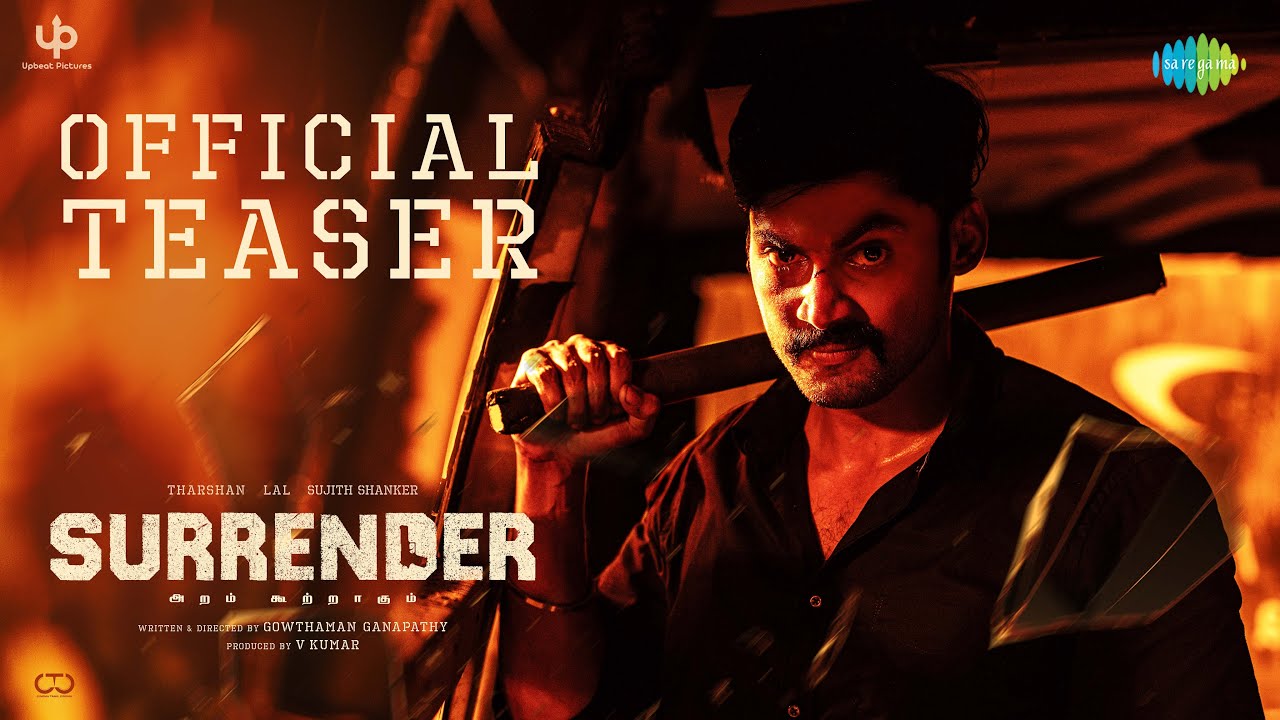Surrender (2025) Movie Review: A Haunting Debut with Bold Direction
Introduction
The Surrender is a chilling horror-drama that boldly deviates from traditional genre formulas.
Directed and written by Julia Max, the film is an emotional rollercoaster wrapped in supernatural horror.
This debut piece sets a dark, intimate tone from the beginning.
It relies less on jump scares and more on psychological tension.
Director’s Vision and Style
Julia Max’s approach is introspective, focusing on grief and emotional trauma.
She crafts a story that feels lived-in and painfully honest.
The story unfolds in confined spaces, intensifying its emotional claustrophobia.
Max avoids horror clichés, instead immersing viewers in an atmosphere of dread.
Every scene feels intentional, showcasing Max’s confidence behind the camera.
She understands the power of stillness and silence in evoking fear.
Directorial Choices That Shaped the Film
The choice to keep the setting mostly within a single home was impactful.
It amplifies the characters’ mental confinement and emotional volatility.
Max’s use of close-ups emphasizes the subtle expressions of grief and unease.
These shots linger, urging the audience to sit in discomfort.
Her direction elevates the tension without relying on gore.
The horror creeps in slowly, mirroring the descent into obsession and madness.
Influences and Inspirations
The Surrender draws thematic parallels to films like Hereditary and The Babadook.
Like those, it treats horror as a metaphor for personal loss and psychological decay.
Max’s narrative restraint reflects European art-horror aesthetics.
She borrows emotional minimalism from auteurs like Ingmar Bergman.
The storytelling also recalls gothic literature, with an undercurrent of familial doom.
This blend creates a haunting, emotionally rich experience.
Comparative Directorial Style
Compared to other horror debuts, Julia Max displays remarkable self-control.
She prioritizes atmosphere and character over spectacle.
Unlike mainstream horror films that rush to thrills, Max lets moments breathe.
This technique demands patience but rewards viewers with emotional depth.
Her debut resonates with the same raw energy as Ari Aster’s or Jennifer Kent’s first films.
Yet Max carves her path with a more meditative, grounded tone.
Signature Elements of Julia Max
One defining trait of Max’s style is her use of visual stillness.
She lets silence speak louder than screams.
Another is her preference for emotional ambiguity.
The ending refuses resolution, mirroring the unresolved trauma of her characters.
She also exhibits a careful handling of female relationships.
The mother-daughter dynamic in The Surrender is the heart of the narrative.
Performances and Characterization
Colby Minifie as Megan delivers a powerful, restrained performance.
Her journey from reluctance to vulnerability is deeply affecting.
Kate Burton as Barbara commands attention with stoic intensity.
She embodies obsession with terrifying conviction.
Neil Sandilands adds enigmatic menace as The Man.
He disrupts the already fragile emotional balance with eerie calmness.
Screenplay and Dialogue
The screenplay is lean and poetic.
Dialogue feels organic, often carrying more weight in what’s left unsaid.
Tension simmers through subtle exchanges between Megan and Barbara.
These lines expose wounds that words alone can’t heal.
Genre Comparison
Within the horror-drama genre, The Surrender stands apart.
While it lacks conventional scares, it excels in emotional horror.
Compared to recent horror releases, it feels more intimate and grounded.
Its closest thematic peers explore grief through metaphorical horror.
Box Office and Reception
Released on Shudder, the film has performed modestly in streaming viewership.
While polarizing, it has garnered a cult-like appreciation.
Its niche appeal may limit mass success.
However, critics have praised its bold storytelling and direction.
Table: Cast and Crew
| Role | Name |
|---|---|
| Director/Writer | Julia Max |
| Megan | Colby Minifie |
| Barbara | Kate Burton |
| The Man | Neil Sandilands |
| Young Barbara | Chelsea Alden |
| Robert | Vaughn Armstrong |
| Lacey | Riley Rose Critchlow |
| Nikki | Mia Ellis |
| Lost Soul | LeAnne Fuller |
| Alexa | Lola Prince Kelly |
Technical Execution
The Surrender’s cinematography is subdued and intimate.
Lighting is dim and moody, reflecting the characters’ inner turmoil.
Editing favors long takes and slow transitions.
This pacing enhances the emotional resonance of each moment.
Star Rating Table
| Aspect | Rating |
|---|---|
| Direction | 8.5/10 |
| Screenplay | 8/10 |
| Performances | 8.5/10 |
| Horror Elements | 6/10 |
| Overall Experience | 7.5/10 |
FAQs
Question 1
Who directed The Surrender (2025)?
Answer 1
The film was directed and written by Julia Max in her debut.
Question 2
Is The Surrender a traditional horror film?
Answer 2
No, it leans more toward psychological horror with emotional themes.
Question 3
How is the relationship between Megan and Barbara portrayed?
Answer 3
It’s complex and strained, shaped by years of caregiving and grief.
Conclusion
The Surrender is not for every horror fan, but it rewards patient viewers.
It’s a bold, emotional, and thoughtful debut from a promising director.
Julia Max proves that horror can be just as effective through emotional trauma.
Her vision is clear, haunting, and refreshingly original.
Disclaimer
Star ratings are subjective and may vary depending on individual viewer preferences.
Related Mentions
This film review is brought to you with references to cinematic discussions at iBomma Movies, Bappamtv Movies, and Iradha Movies.


